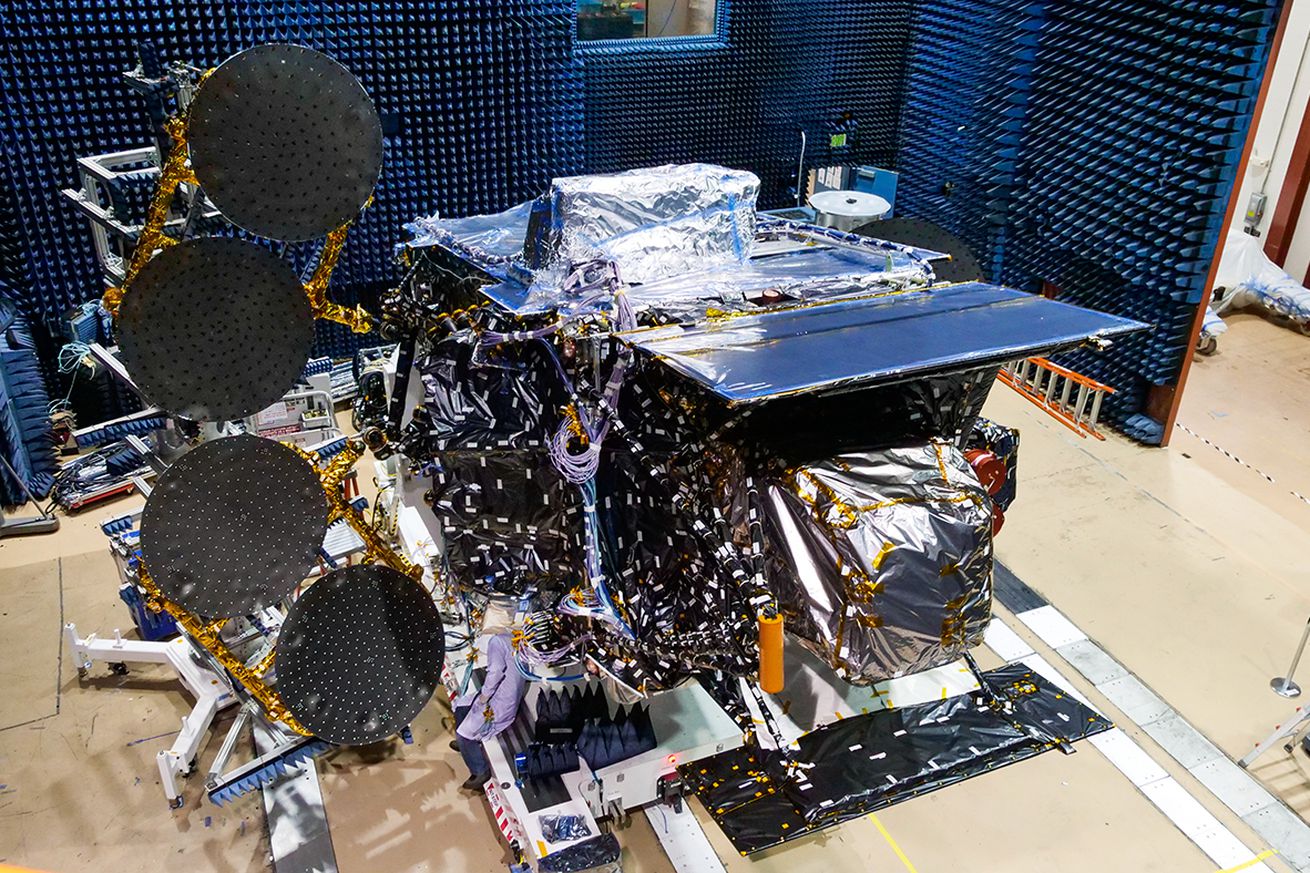
NASA’s powerful new air quality monitor has launched into space
NASA sent a powerful new instrument into space overnight to track air pollution. If all goes well, it should be able to zoom in to see how air quality changes from neighborhood to neighborhood across North America. That could fill in big data gaps that hide disparities when it comes to who has to live with the most pollution.
The tool is called TEMPO, short for Tropospheric Emissions Monitoring of Pollution instrument. It will keep a tab on three harmful pollutants: nitrogen dioxide, formaldehyde, and ground-level ozone. Together, they’re key ingredients for smog.
It should be able to zoom in to see how air quality changes from neighborhood to neighborhood across North America
Three out of eight Americans live in counties that earned F grades for smog from the American Lung Association’s State of the Air report. And that burden tends to fall along racial and economic lines. People of color are 3.6 times more likely than white people to live in a county with multiple failing grades for different kinds of pollution, according to the report. Across North America, lower-income communities also tend to have more air pollution.
“We’ve known that oil refineries or chemical plants tend to be situated in lower-income neighborhoods; one of the reasons the property values are lower is due to poor air quality. But we’ve never had ground-based monitors stationed in every neighborhood to confirm it,” John Haynes, TEMPO program applications lead at NASA, said in a March 30th press release.
TEMPO is supposed to help get rid of those blind spots. To do that, it’ll measure the light that gases and particles in the atmosphere reflect back into space. Scientists can tell the different substances apart by the unique wavelengths of light they reflect.
Crucially, TEMPO will be aboard a satellite cruising along at the same rate as Earth’s rotation at a fixed spot over the equator. This is called geostationary orbit, and it’ll allow the instrument to take hourly measurements over North America for the first time. Before TEMPO, other satellites equipped with similar tools could typically only take measurements once a day.
TEMPO can also monitor pollution at a high resolution, down to 4 square miles (10 square kilometers). That’s how it’ll be able to see which neighborhoods have to deal with the most air pollution. Federal agencies, including the EPA, can also use that data in the future to issue more accurate air quality forecasts.
It’ll take several more months after launch for the data from TEMPO to be available on Earth. The instrument should power up in late May or early June, and then it will take some more time to calibrate the instrument and validate its data.
TEMPO is what NASA calls a hosted payload, meaning it’s carried by a private satellite rather than NASA’s own spacecraft. This is a new business model that NASA hopes will make it cheaper to send its instruments into orbit, the agency said in a press briefing this week.
SpaceX’s Falcon9 rocket lifted off from Cape Canaveral, Florida, at 12:30AM ET on Friday with the satellite carrying TEMPO. It’s a communications satellite, Intelsat 40e, that’s primary purpose is to provide internet service to planes and cruise ships.
TEMPO makes up one part of a constellation of pollution-monitoring satellites that NASA has developed with South Korea and the European Space Agency (ESA). South Korea’s instrument, which monitors pollution hourly over Asia, launched in 2020. ESA’s 2024 launch of Sentinel-4 is supposed to complete the constellation and cover Europe and North Africa.

